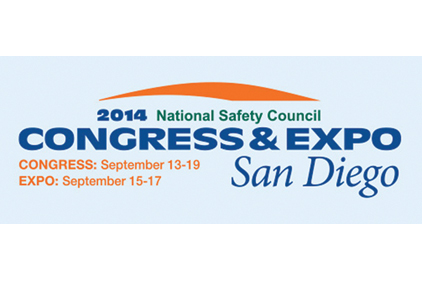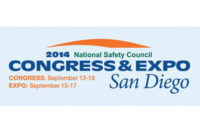What do you mean by a culture being “out of balance”?
When employees hear leaders say "Safety First!" they roll their eyes and mutter under their breath. They don't believe it because it is not true. If you want Safety First, shut down the operation. Safety is a just another result we are all expected to produce right along with productivity, quality, customer satisfaction, employee morale, etc. A culture that is "in balance" is one that consistently produces expected results in all areas. A culture "out of balance" misses the mark on the desired results. This balance is a combination of four elements: experience, knowledge, focus, and pace. When we fall out of balance in any of these areas, we won't deliver the results of which we are capable.
What are the four clues that indicate a culture is unbalanced?
The four clues are actually phrases you might hear in your work environment. They are:
"Management won't do anything until someone gets hurt."
"I can't believe my employee would do something so stupid."
"I just knew someone was going to get hurt doing that."
"You had a lost-time injury! Well, what are you going to do about it?"
What skills are necessary for safety pros to identify cultural hazards?
They just need their ears and the willingness to listen. Too many safety professionals get in their own way by failing to listen to their customers. They get stuck on the rules and regulations instead of focusing on building trust and credibility and being partners with the operations team.
In your experience, what are a few of the most common cultural hazards?
Here are three common cultural hazards that degrade trust and credibility through unintended consequences:
With the best of intentions, an organization hangs a box for employees to submit “anonymous safety concerns.” There are two problems. First, if the concern contains any level of detail, the leadership team knows full well who submitted the concern. So there is no anonymity. Secondly, by posting the box in the first place, the leadership team sends a message that they know their employees do not trust their reaction enough to raise the concern face-to-face.
The organization establishes a “safety committee” because they are required to. The committee meets monthly with no particular purpose other than to "make it safer around here." They eat some pizza and review some incident information. Meanwhile, the front-line supervisors get to abdicate their responsibility to produce the result of safety because that is the job of the safety committee.
The organization depends on discipline and retraining as corrective actions for incidents. Neither discipline nor retraining address the two most common causes: focus and pace. However, both discipline and retraining are great ways to destroy trust and credibility in the organization.
Rodney is an internationally recognized speaker and author focused on helping organizations, teams, and individuals create a culture of success. He is the co-author of “SOAR: A Gate-to-Gate Journey of Leadership Essentials”, and author of the best-selling “Defend Your Profits: Safety Tools for Bottom Line Improvement.” o: 916.487.1919; c: 916.997.1910; rodney@branta.com; 2443 Fair Oaks Blvd. #329, Sacramento, CA 95825; www.branta.com; www.linkedin.com/rodney-grieve



